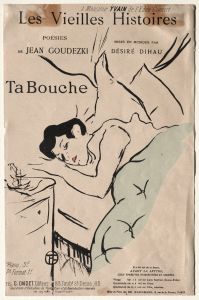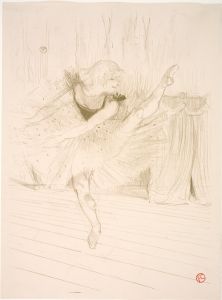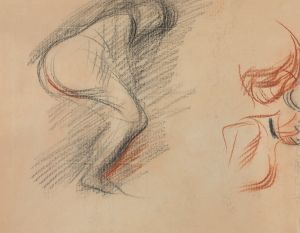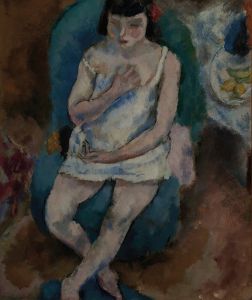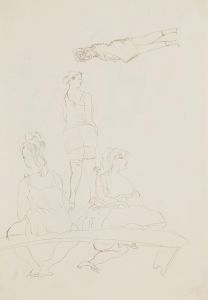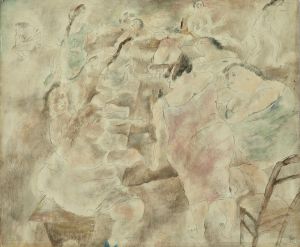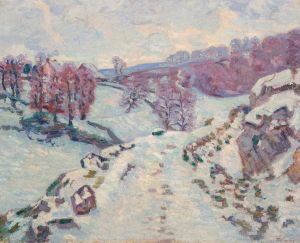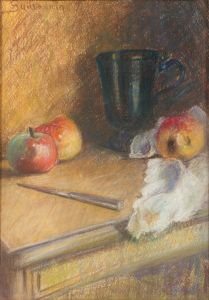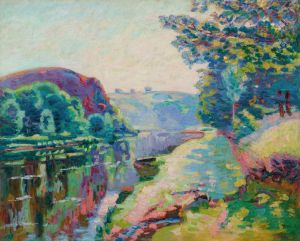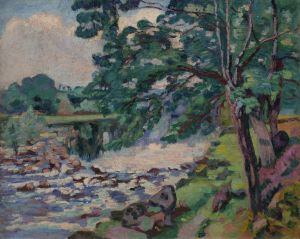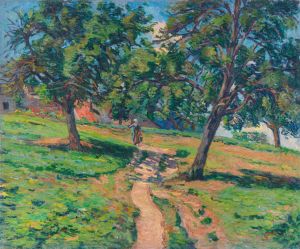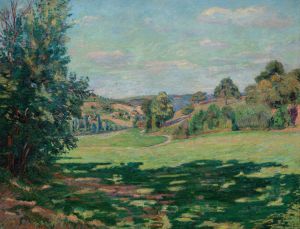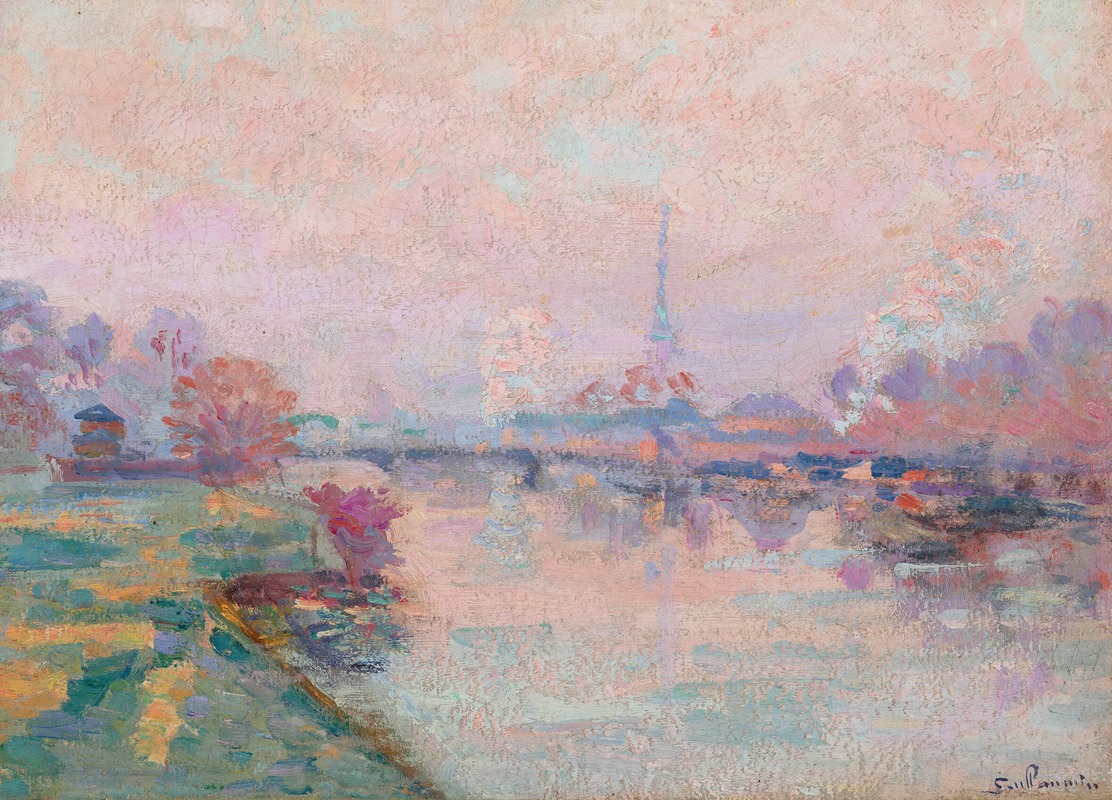
La Tour Eiffel à Paris
A hand-painted replica of Armand Guillaumin’s masterpiece La Tour Eiffel à Paris, meticulously crafted by professional artists to capture the true essence of the original. Each piece is created with museum-quality canvas and rare mineral pigments, carefully painted by experienced artists with delicate brushstrokes and rich, layered colors to perfectly recreate the texture of the original artwork. Unlike machine-printed reproductions, this hand-painted version brings the painting to life, infused with the artist’s emotions and skill in every stroke. Whether for personal collection or home decoration, it instantly elevates the artistic atmosphere of any space.
Armand Guillaumin was a notable French impressionist painter, recognized for his vibrant use of color and his depictions of landscapes and urban scenes. Among his works is "La Tour Eiffel à Paris," a painting that captures the iconic Eiffel Tower, a symbol of modernity and architectural innovation in Paris.
Guillaumin was born on February 16, 1841, in Paris, and he became associated with the Impressionist movement, which sought to capture the effects of light and atmosphere in their works. He was a contemporary of other renowned artists such as Claude Monet, Pierre-Auguste Renoir, and Camille Pissarro, with whom he shared a close friendship. Guillaumin's works are characterized by their bold colors and dynamic brushwork, which convey a sense of immediacy and vitality.
"La Tour Eiffel à Paris" reflects Guillaumin's interest in capturing the essence of Parisian life and its landmarks. The Eiffel Tower, completed in 1889 for the Exposition Universelle (World's Fair), was a marvel of engineering and quickly became a symbol of Paris. Guillaumin's depiction of the tower is notable for its use of color and light, which are hallmarks of the Impressionist style. The painting likely captures the tower amidst its urban surroundings, emphasizing the interplay between the man-made structure and the natural environment.
Guillaumin's approach to painting the Eiffel Tower would have involved a focus on the atmospheric conditions and the changing light of the day, elements that were central to the Impressionist technique. His use of color would have been vibrant and expressive, aiming to convey the mood and ambiance of the scene rather than a detailed, realistic representation.
The painting is part of Guillaumin's broader body of work that often features scenes of Paris and its environs, as well as landscapes from other regions of France. His works are celebrated for their emotive use of color and their ability to capture the fleeting effects of light, which were key concerns for the Impressionists.
Guillaumin's contributions to the Impressionist movement were significant, although he did not achieve the same level of fame as some of his contemporaries during his lifetime. However, his works have gained recognition over time for their vibrant energy and their role in the development of modern art.
"La Tour Eiffel à Paris" stands as a testament to Guillaumin's skill in capturing the spirit of Paris and its landmarks through the lens of Impressionism. The painting not only highlights the architectural beauty of the Eiffel Tower but also reflects the dynamic and ever-changing nature of the city itself. Through his work, Guillaumin offers viewers a glimpse into the world of late 19th-century Paris, a time of great artistic and cultural transformation.






